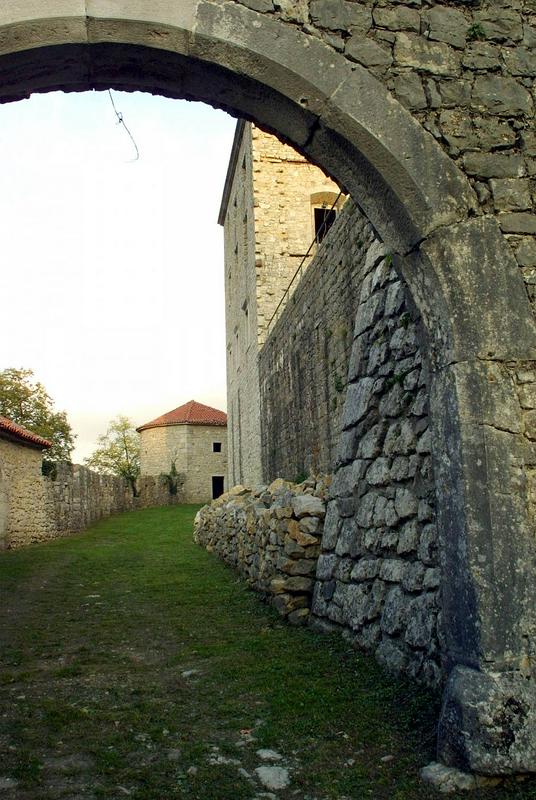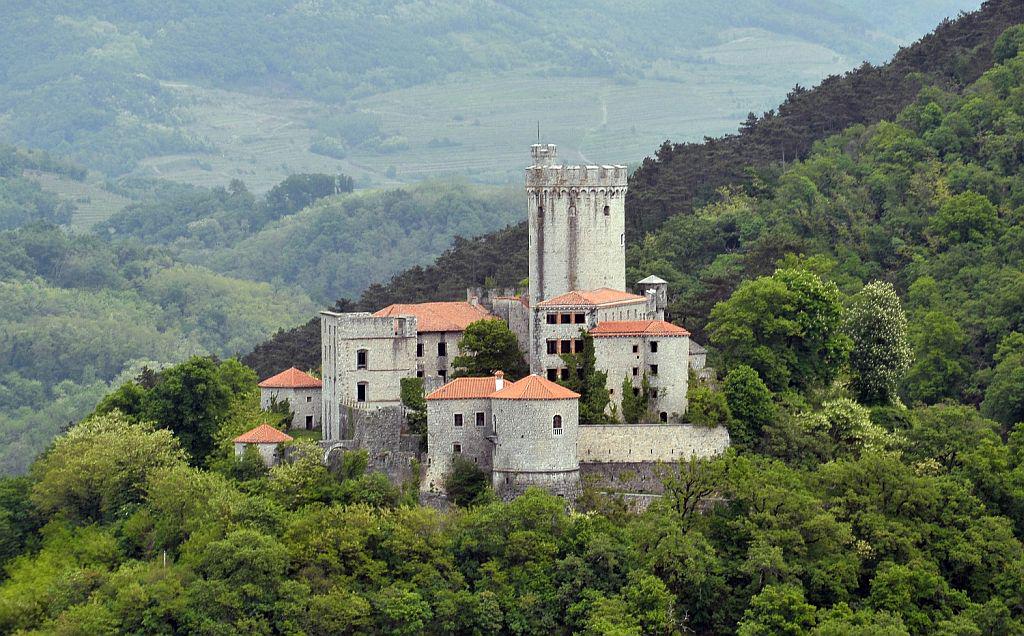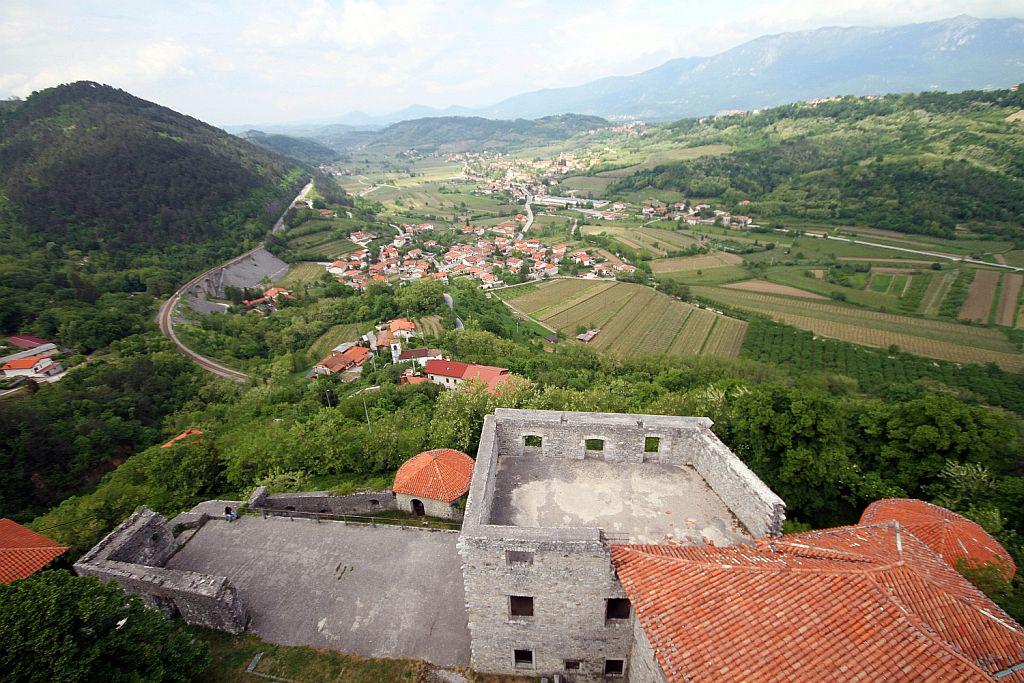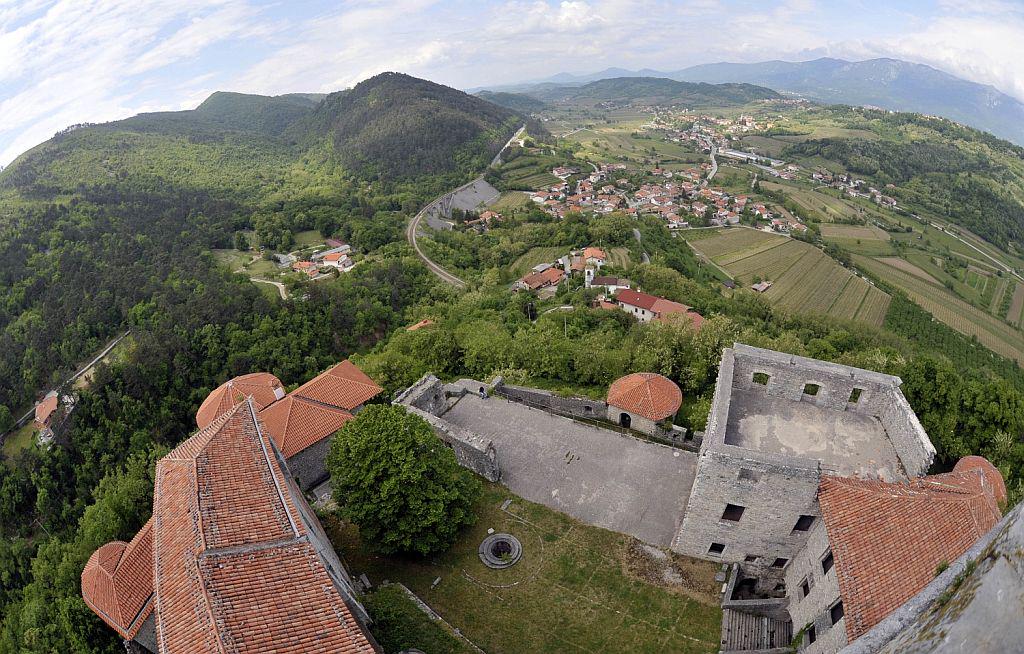

In a country known for its scenic castles, Rihenberk Castle stands apart with its spectacular location high above the winegrowing Vipava Valley, not far from the village of Branik.
For centuries, the site of the castle was of great strategic significance. In fact, pottery and other artefacts found around the castle indicate that the area had already been settled in both prehistory and the Roman era.
The present-day pentagonal castle, with its 27-meter tower, has its origins in the 13th century. That’s when the Knights of Rifenberch, originally from Tyrol, built a Romanesque structure on the hill. Over the years, the castle changed hands many times and its various owners left their own marks on its architecture. For a while, the castle was controlled by Protestant families who made (largely unsuccessful) attempts spread Luther’s new faith in the region.
In the 16th century, Rihenberk Castle was purchased by the influential Hapsburgs who controlled much of Central Europe. The family renovated the castle in a Gothic style, but when tastes changed, they added Renaissance elements, which were in vogue at the time.
In the 17th century, the castle was taken over by the Lanthieri family of nobles, originally from the Italian town of Brescia. They built an adjacent mansion and renovated the castle – giving it a Baroque appearance – but unlike most of the previous owners, they retained possession of the castle for many generations. In fact, the family shaped much of the region’s history until the last of the Lanthieris died in the early 20th century.
Like many castles in Slovenia, Rihenberk was affected by the turbulence of the 20th century. During World War I, it was used as a field hospital. When World War II swept the region, much of the estate, including the castle, was burned down by the Partisans. After the war, Western allies, who had temporarily taken over the Vipava Valley, began restoration work on the castle. When the region was officially awarded to Yugoslavia, the work continued, but at a much slower pace.
Despite being declared a national monument in 1999, Rihenberk Castle is still undergoing renovation and is closed to the public. But those who venture to its perch are rewarded with magnificent views of the Vipava Valley and architecture that reflects centuries of European history.






































































